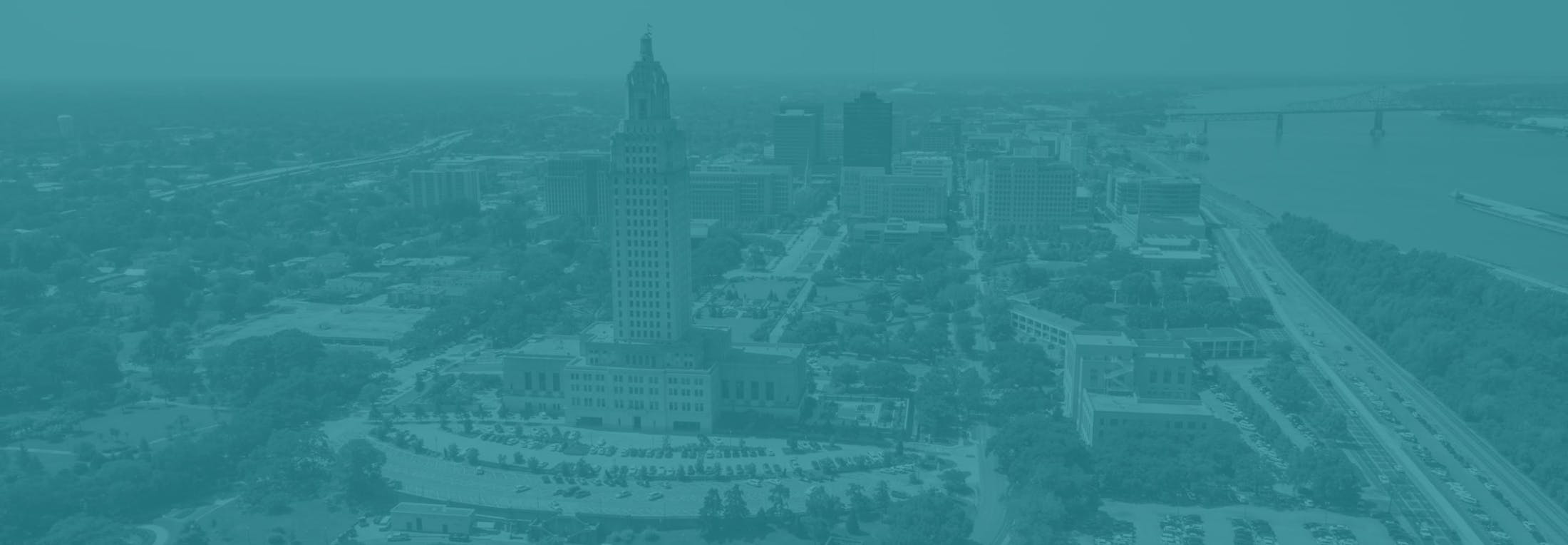According to the World Health Organization, 1.6 billion people across the globe are living with hearing loss. Much of that is preventable, stemming from excessive noise, untreated ear infections, and exposure to ototoxic chemicals. About half of youth and young adults are at risk for hearing loss due to recreational noise exposure.
Careful monitoring can create better outcomes for patients with hearing loss. For example, it is estimated that 60% of childhood hearing loss can be mitigated through early detection and intervention. But rural populations often lack the specialists and technology required to diagnose the condition.
In The Journal of the Acoustical Society of America, published on behalf of the Acoustical Society of America by AIP Publishing, Samantha Kleindienst Robler from the University of Arkansas for Medical Sciences (UAMS), with her co-authors, Laura Coco of San Diego State University and Mark Krumm of Kent State University, explored how digital health solutions can expand audiology services in clinical and research settings.
“If undetected and untreated, hearing loss can have significant lifelong consequences for those relying on spoken language,” said Robler. “Preventable hearing loss can negatively impact speech, communication, academic performance, vocational opportunities, and quality of life.”
Audiology assessment via telehealth would allow patients to access care in their home or a local clinic while a specialist is located hundreds of miles away in an urban center. Instead of tabletop equipment in a soundproof room, the hearing tests would use a wireless headset controlled by a mobile phone or laptop.
“Digital health technology is versatile and, in many ways, can meet the patient where they are,” said Robler. “A real strength is that it can help take patient care to the next level by moving from an in-person, visit-centric approach to a person-centric approach that better supports a person’s life and their needs.”
As a research tool, telehealth would allow scientists to gather more representative and decentralized data on hearing, without compromising results.
“Telehealth technology can also be used to facilitate the prevention of permanent hearing loss by monitoring individuals exposed to excessive occupational noise or ototoxic medication,” said Robler.
Robler and the team at UAMS are currently scaling up several audiological studies they conducted in rural areas of Alaska. Their mission is to close the gap on hearing health disparities with large, collaborative research spanning from device development to implementation.
“There is much work to be done to ensure everyone has equal access to hearing health care, regardless of where they live, and that the evidence generated in hearing-related clinical trials is robust and representative,” said Robler.
Article originally appeared on ScienceDaily

